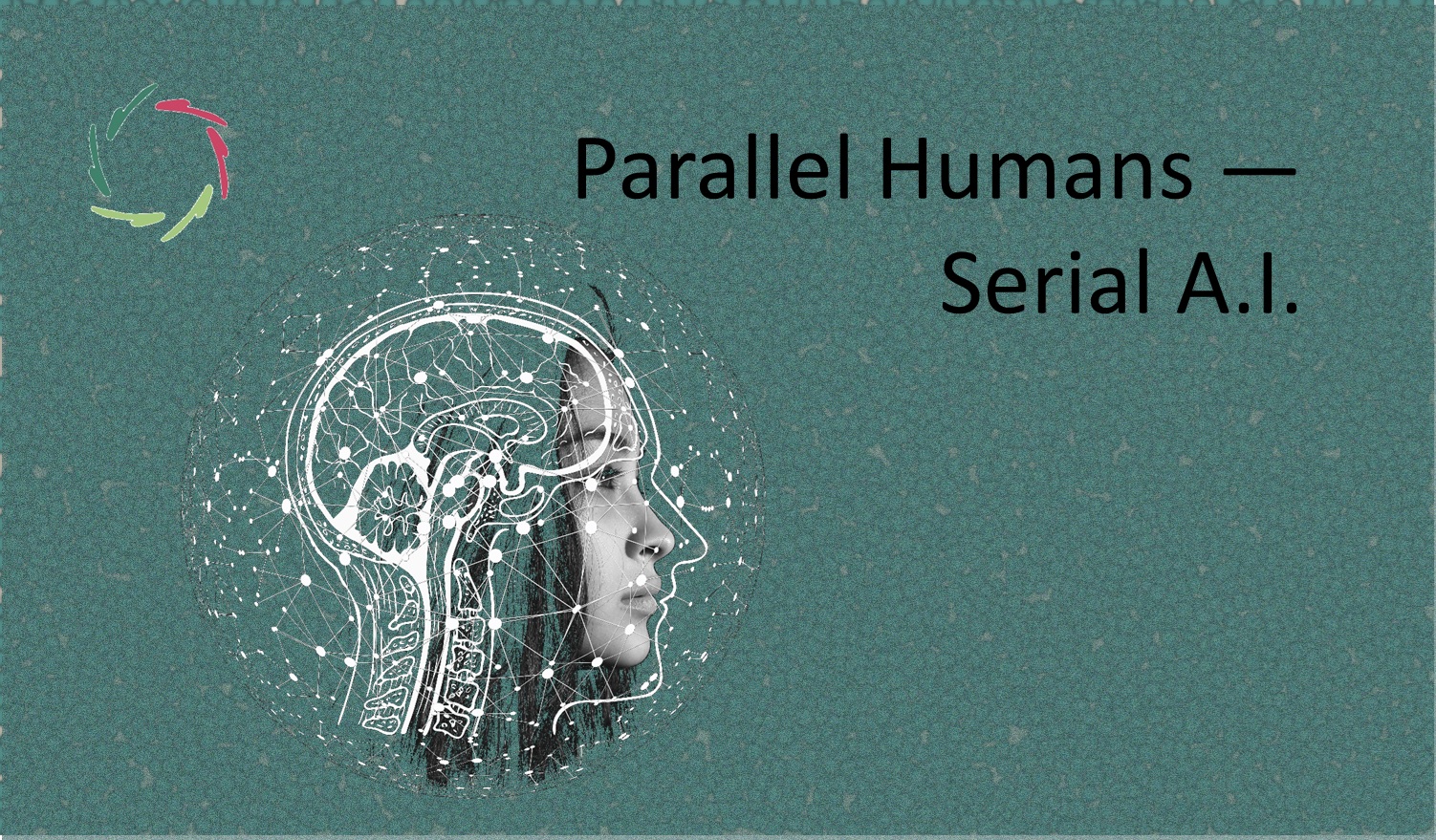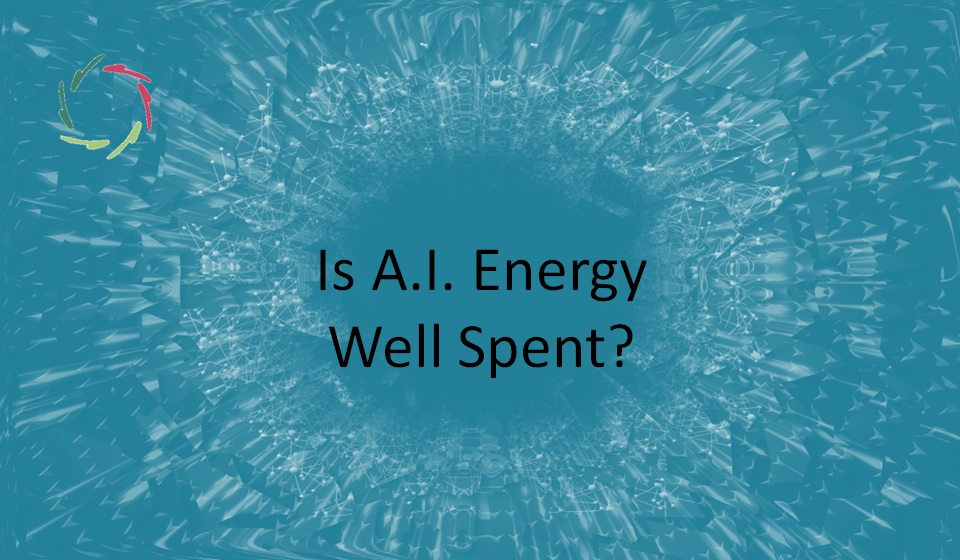Parallel Humans ― Serial A.I.

Before diving into this blog, I recommend first reading Coarse Comparison of Brain and Silicon to grasp the foundational distinctions between human and silicon-based processing. This continuation focuses on the profound differences between the parallelism of GPUs and the parallelism of the human brain.
Here, we explore what these differences mean for intelligence and its future evolution.
Why focus on GPUs?
This blog focuses on GPUs (Graphics Processing Units) as the clearest example of machine parallelism. GPUs, with thousands of cores working simultaneously, are designed for high-throughput tasks like training neural networks and processing massive datasets, making them an ideal counterpart to the brain’s parallelism.
In contrast, CPUs handle tasks sequentially and offer limited parallelism through a small number of cores, making them less relevant here. ANNs (Artificial Neural Networks), while conceptually parallel, rely on GPUs for execution and are more of a software construct than hardware.
By spotlighting GPUs, we examine how machine parallelism works in practice, providing a tangible foundation for comparing human and artificial intelligence. Note that each GPU core still works serially — so this is not at all the ‘parallelism’ of the human brain.
Parallelism in GPUs: the choir in action
GPUs are masters of their own kind of parallelism, excelling in tasks that involve repeating the same operation across vast amounts of data. Think of rendering graphics: a GPU calculates the color of millions of pixels simultaneously, with each core assigned a specific slice of the workload. This architecture is optimized for speed and uniformity, ensuring high throughput for tasks like image processing, cryptography, and training neural networks.
Key characteristics of GPU parallelism
- Uniformity: Each core executes the same instruction on different data. This makes GPUs ideal for tasks with repetitive, homogeneous operations.
- Centralized control: A host CPU dispatches tasks to GPU cores, which follow predefined instructions without deviation.
- Limited context: GPU cores lack the flexibility to adjust their operations dynamically based on context or feedback. They are tightly bound to their instructions.
Analogy
A GPU is like a choir, where every singer (core) performs the same line in perfect unison. It’s powerful, harmonious, and precise — but each singer relies on the conductor (CPU) to keep them in sync.
Parallelism in the human brain: the jazz band
The human brain’s parallelism is fundamentally different. It doesn’t rely on uniformity but on diversity, adaptability, and interconnectivity. Its 100 billion neurons form dynamic networks that process information concurrently, each contributing to a larger, context-driven understanding.
Key characteristics of brain parallelism
- Heterogeneity: Neurons process different types of information simultaneously—some handle visual input, others process memories, emotions, or abstract reasoning. This diversity allows for complex, multi-dimensional problem-solving.
- Decentralized coordination: The brain’s networks self-organize. Neurons communicate dynamically, adapting to new information and forming patterns that change over time.
- Context sensitivity: Neuronal patterns adjust based on feedback from the environment and the brain’s internal state, enabling creativity, intuition, and learning.
Analogy
The brain is like a jazz band, where each musician (neuron) improvises while adapting to the flow of the group. Together, they create a rich, nuanced performance that evolves in real-time.
Why GPU and brain parallelism are fundamentally different
Origin of parallelism
- GPUs: Designed by humans to maximize computational speed and efficiency for specific tasks. Their parallelism is engineered and constrained by silicon hardware.
- Brains: Evolved over millions of years, optimized for survival, adaptability, and complexity. Brain parallelism arises organically from dynamic biological processes.
Scope and depth
- GPUs: Perform shallow but broad tasks, like crunching numbers or rendering pixels. Their strength lies in brute-force computation.
- Brains: Perform deep, context-rich processing, synthesizing sensory data, memories, and emotions to generate nuanced responses.
Adaptability
- GPUs: Follow static instructions. They cannot deviate from their programming or adapt to new contexts without external intervention.
- Brains: Constantly adapt through plasticity, rewiring neural connections to learn, grow, and respond to novel situations.
Parallel humans and serial A.I.: a complementary future
The stark differences between human and GPU parallelism reveal their complementary strengths:
- Humans excel in creativity, depth, and nuance — qualities rooted in their organic, context-sensitive parallelism.
- GPUs excel in speed and precision, handling tasks that require vast computational resources.
Learning from each other
Understanding the fundamental differences between GPU and brain parallelism helps us appreciate the unique brilliance of both systems. The choir-like precision of GPUs complements the jazz-like adaptability of the brain, creating opportunities for collaboration that neither could achieve alone.
As we advance A.I. technologies, we should unlock the potential for a future where both parallel humans and serial A.I. thrive together, each amplifying the other’s strengths.
Let’s keep the conversation going — can serial A.I. ever evolve to embrace the richness of human-like parallelism?


